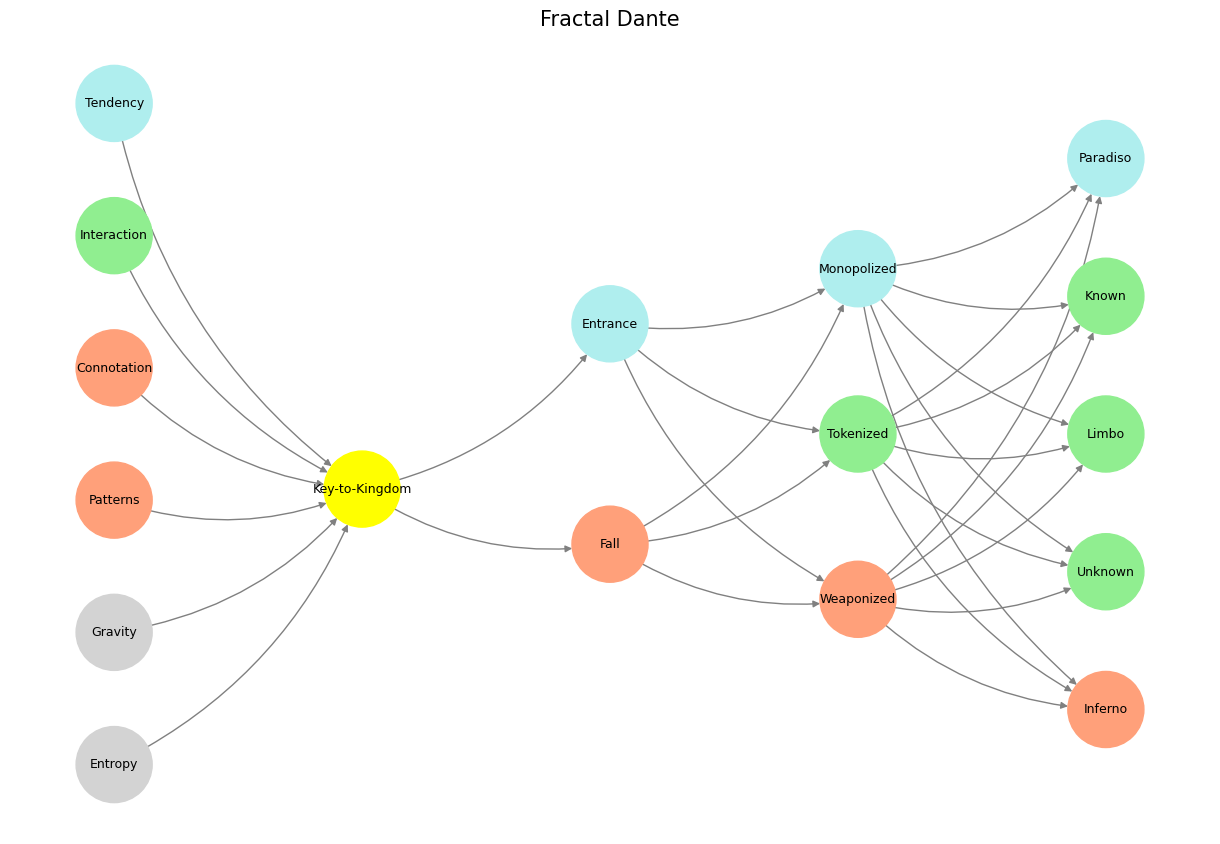Anchor ⚓️#
Anthony Capella’s The Various Flavors of Coffee is a richly woven narrative set in 1895 London, following the journey of Robert Wallis, an aspiring poet and self-styled dandy. After critiquing a poorly brewed cup of coffee, Wallis is hired by coffee merchant Samuel Pinker to develop a descriptive “vocabulary of coffee” to standardize the tasting process. This task brings him into close contact with Pinker’s progressive daughters—Philomenia, Ada, and Emily. As Wallis collaborates with Emily, a romance blossoms, challenging his previously held notions about love and commitment. His journey then takes him to Africa in search of the legendary Arab mocca, where he becomes entangled with Fikre, a captivating slave girl, leading to profound personal transformations. (Google Books)

Fig. 5 Strategic Ambiguity. The Red Queen presents rather fascinating scenarios to us.#
Your comparison to King Lear is intriguing, particularly in the context of the three daughters and the singular suitor. While Capella’s narrative doesn’t directly mirror Shakespeare’s tragedy, thematic parallels can be drawn. The dynamics between Wallis and the Pinker sisters, especially his relationship with Emily, echo the complexities of love, loyalty, and betrayal found in King Lear. However, unlike Lear’s descent into madness and familial discord, Capella’s protagonist embarks on a journey of self-discovery and maturation, influenced by his interactions with the Pinker family and his adventures abroad.
Critics have lauded the novel for its vivid storytelling and character development. Kirkus Reviews describes it as a “fast-paced narrative propelled by Capella’s masterful characterizations,” highlighting Wallis’s evolution from a frivolous poet to a man of depth and substance. (Kirkus Reviews) The Historical Novel Society praises the book’s lush prose and the protagonist’s journey, noting that readers come to feel an “exasperated affection” for the younger Wallis as he navigates the challenges of his era. (Historical Novel Society)
In essence, The Various Flavors of Coffee offers a compelling exploration of personal growth, societal norms, and the intricate dance of human relationships, all set against the rich backdrop of the coffee trade and the cultural shifts of the late 19th century.
Show code cell source
import numpy as np
import matplotlib.pyplot as plt
import networkx as nx
# Define the neural network fractal
def define_layers():
return {
'World': ['Entropy', 'Gravity', 'Patterns', 'Connotation', 'Interaction', 'Tendency', ], ## Cosmos, Planet
'Perception': ['Key-to-Kingdom'], # Life
'Agency': ['Fall', 'Entrance'], # Ecosystem (Beyond Principal-Agent-Other)
'Generative': ['Weaponized', 'Tokenized', 'Monopolized'], # Generative
'Physical': ['Inferno', 'Unknown', 'Limbo', 'Known', 'Paradiso'] # Physical
}
# Assign colors to nodes
def assign_colors():
color_map = {
'yellow': ['Key-to-Kingdom'],
'paleturquoise': ['Tendency', 'Entrance', 'Monopolized', 'Paradiso'],
'lightgreen': ['Interaction', 'Tokenized', 'Known', 'Limbo', 'Unknown'],
'lightsalmon': [
'Patterns', 'Connotation', 'Fall', # Ecosystem = Red Queen = Prometheus = Sacrifice
'Weaponized', 'Inferno'
],
}
return {node: color for color, nodes in color_map.items() for node in nodes}
# Calculate positions for nodes
def calculate_positions(layer, x_offset):
y_positions = np.linspace(-len(layer) / 2, len(layer) / 2, len(layer))
return [(x_offset, y) for y in y_positions]
# Create and visualize the neural network graph
def visualize_nn():
layers = define_layers()
colors = assign_colors()
G = nx.DiGraph()
pos = {}
node_colors = []
# Add nodes and assign positions
for i, (layer_name, nodes) in enumerate(layers.items()):
positions = calculate_positions(nodes, x_offset=i * 2)
for node, position in zip(nodes, positions):
G.add_node(node, layer=layer_name)
pos[node] = position
node_colors.append(colors.get(node, 'lightgray')) # Default color fallback
# Add edges (automated for consecutive layers)
layer_names = list(layers.keys())
for i in range(len(layer_names) - 1):
source_layer, target_layer = layer_names[i], layer_names[i + 1]
for source in layers[source_layer]:
for target in layers[target_layer]:
G.add_edge(source, target)
# Draw the graph
plt.figure(figsize=(12, 8))
nx.draw(
G, pos, with_labels=True, node_color=node_colors, edge_color='gray',
node_size=3000, font_size=9, connectionstyle="arc3,rad=0.2"
)
plt.title("Fractal Dante", fontsize=15)
plt.show()
# Run the visualization
visualize_nn()


Fig. 6 How now, how now? What say the citizens? Now, by the holy mother of our Lord, The citizens are mum, say not a word.#

